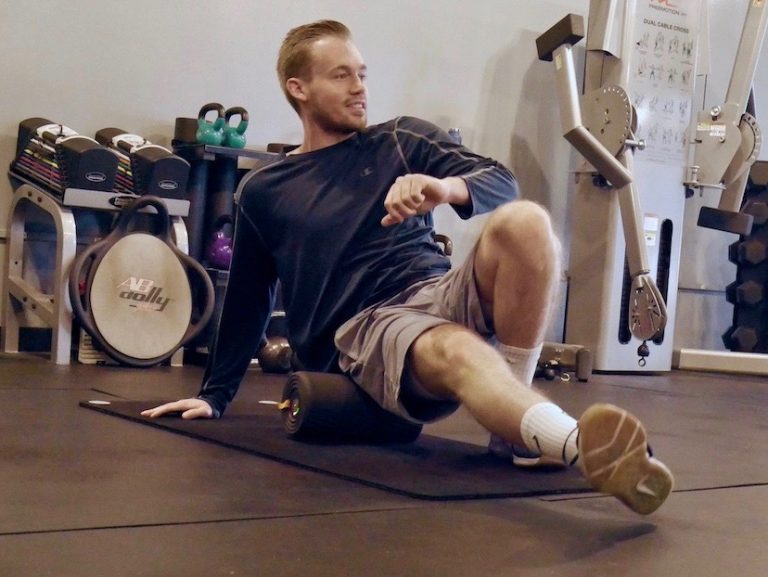Mobility and flexibility exercises incorporated into your fitness program is key. Being able to perform exercises with proper form, going through each motion with a full range of motion is vital to injury prevention and maximizing progress. I spent my earlier gym years doing very little to no stretching and paid for it. My back was in constant pain, my shoulders hurt and little injuries were constantly popping up all the time. Strength training was slowly tighting up my whole body. And because my workout routine wasn’t yet balanced, I became tighter in certain areas. What did I do to fix the problem? Get serious about adopting a flexibility training program.

Common Areas to Stretch
The idea of stretching on a daily basis may seem overwhelming. If it does, don’t worry, you don’t have to stretch every muscle every day. The lower extremities are crucial: hamstrings, quads, hip flexors, and calves. Shoulders are also very important, especially when training the upper body regularly. Which muscles need the most attention varies from person to person.
On top of the time that I spend with my clients stretching, I put together a routine for them to follow on their own. Typically in conjunction with their prescribed workout routine.
What muscles need the most attention stretching? It’s different for everyone, but there are common areas that tend to be more problematic. Areas that when they get tight and develop musculature imbalances, they can cause an array of different injuries. What are these problematic areas to stretch?
Hips- Hips are probably the tightest part of the body that I regularly work with. Hips are also an area that when they get tight, they can cause a list of other issues. Tight hips can cause back pain, knee pain, hip pain, shoulder pain. The list goes on. Strengthening and mobilizing your hips will aid with your core in staying stable through different exercises. Strong hips help keep your pelvis level, which takes pressure off your lower back. Having strong hips is important.
Thoracic Spine- Probably the next most common thing I see is tight shoulders. Especially in guys. A lot of what displays itself as shoulder tightness is actually a stiff rounded forward upper back (thoracic spine). If that’s the case, it doesn’t matter how much you stretch your shoulders it is not going to fix the issue. Working on thoracic mobility is the answer.


The Importance of Stretching
Stretching is important. To be effective in a stretching routine you have to have a basic understanding of what you need to stretch and why. Being taken through a flexibility training program by a professional will be a sure way to get started on the right foot.
